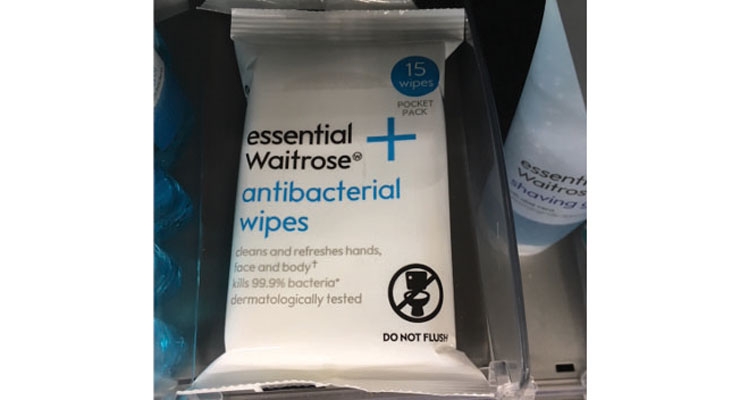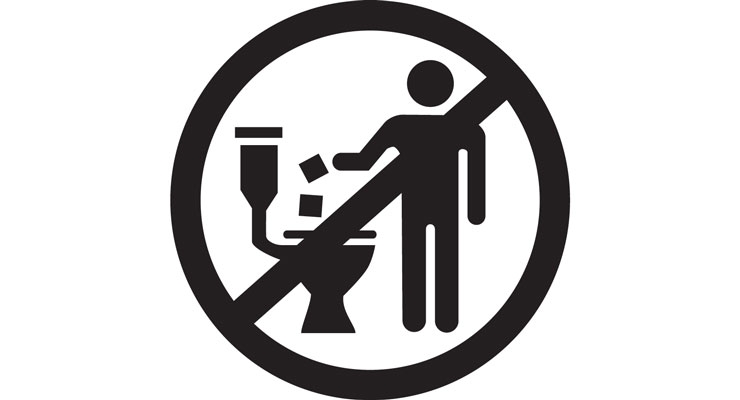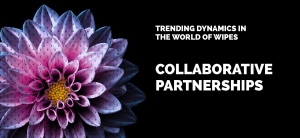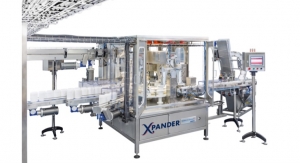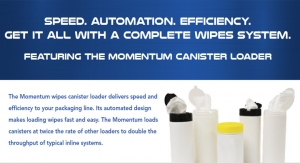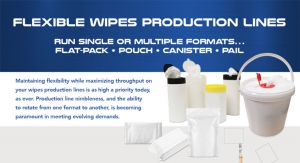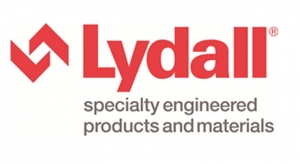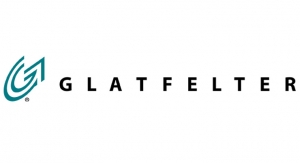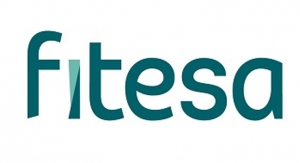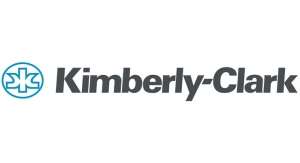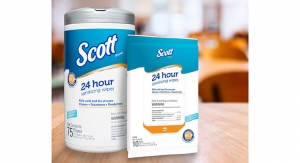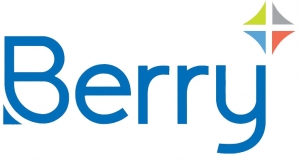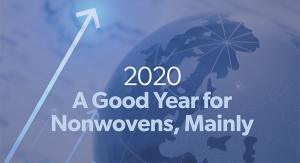Marines Lagemaat, Scientific & Technical Affairs Director, EDANA04.12.18
Last week I received a link to online video footage of a field study being undertaken by Thames 21, a campaign group who aim at cleaning up the Thames river, looking at the effects of litter and pollution on the ecology of London’s principal waterway. Unsurprisingly, the news was not good. The river bed, riverbank and the water itself are all seriously damaged by the impact by of the urban lifestyle and habits of eight million Londoners. Wet wipes were a standout amongst a cabal of culprits. A dig under a single square meter of the Thames shoreline unearthed 40 congealed wet wipes1. It is claimed that the very shape of the shoreline has been changed due to the mass of litter clogging the river. Are wipes literally ‘redrawing the map’?
Wipes have certainly reshaped the consumer landscape in the past 30 years, answering some very real needs with unfortunate and unforeseen consequences. Dry nonwoven wipes were first used in the 1980s for medical applications. Wipes were then impregnated for specific applications in human hygiene and wound care. It was in the mid 1990s that oil was first added, resulting in the first baby wipe. These proved to be a hit with both domestic users and medical professionals and by the late 1990s there was a significant market. Manufacturers then started experimenting with a mix of cleaning lotions and detergents with further success, these first ‘baby steps’ led to a logical leap to cosmetic and household wipes.
When flushable wipes gained popularity, towards the end of the last century, the industry took steps to ensure correct use, drafting requirements as to what precisely constituted ‘flushable’. We formed industry-based task forces to address the flushability of nonwoven disposable products. Technical experts from EDANA member companies worked together to develop a definition of flushability, a technical assessment and test methods. The test methods were based on the combined experience of the nonwoven disposable products industry and drew upon expertise from academia, consultancy and the wastewater industry. From 2004 to 2008, the parameters of ‘flushability’ were defined and test methods to assess them were developed. Agreed industry guidelines, known as GD1, were launched in 2008.
As consumer use of wipes grew so did their impact, soon leading to discussion at government level, with queries about wipes’ role in blockages raised in the Dutch parliament. As a result, a working group was established with representatives from authorities and local industry associations, that had close relations with EDANA. This resulted in a second, more stringent set of guidelines, GD2, which required a 7th test (in addition to the toilet and drainline test, sloshbox tests, household pump test, settling test, bio-disintegration and biodegradability test), the ‘municipal pump test’ (which is commonly used in flat countries like the Netherlands). This set of guidelines included the first industry labelling Code of Practice, which stipulated the use of the standard Do Not Flush symbol on the back of products that didn’t meet industry standards on flushability.
Wipes sales have continued to grow since, as have the number of blocked sewers. And, increasingly, widespread awareness on what is causing the blockages. However, further communication on the difference between flushable and non-flushable wipes, and how to best dispose of them, is clearly needed. While not disintegrating as fast as most toilet paper varieties, flushable wipes have been successfully designed to fall apart in water and biodegrade and hence do not cause blockages. Numerous studies and analyses of sewers in both Europe and the U.S. run by, or in collaboration with, water bodies have shown this. EDANA represents manufacturers who supply about 85% of the market volume in Greater Europe and all of our members follow the latest industry Code of Practice (CoP3) that stipulates clear and correct labelling and adhesion to the strict guidelines on what makes a wipe flushable.
It is therefore paramount that the consumer confusion between types of wipes and how to dispose of them is addressed. The suppliers of nonwoven materials and products, represented by EDANA and INDA - the Associations representing the vast majority of nonwovens supplied to the market today across EMEA and North America - are committed to communicating to consumers when the toilet is an appropriate disposal route for finished products in the marketplace.
Together, our aim is to reduce the amount of non-flushable material in the wastewater stream. Therefore, it is important that even products which are likely to be flushed (even though not designed to be), and products which do not meet our Guidelines are labelled “Do Not Flush”. This is why we developed a voluntary Code of Practice: clear communication on packaging will help to educate consumers on the proper disposal route for products and prevent costly problems at home and at wastewater treatment facilities.
We are committed to further enhancing our code of practice, and the guidelines that frame it, to match the habits and practices of individuals, and the needs of wastewater operators as they change over time. Regular collaboration and consultation with other key stakeholders such as water bodies and consumer groups is key in achieving success in our aim to ensure only that which is designed to be flushed is put down our toilets.
Reference
1. www.thames21.org.UK
GD4 will include updates to two of seven testing requirements.
In the U.S., INDA continues to update its flushability guidelines and expects to introduce a fourth version of the guidelines (GD4) this spring. The big change in this latest version is meaningful updates to two of the seven test methods, according to Dave Rousse, INDA president.
While INDA continues to remain active in its efforts to protect manufacturers of flushable wipes and the materials that go into them, the association, along with its stakeholders, continue to face challenges from the wastewater industry in North America. These elements have combined with those in Austrlai and some other countries to form their own group, the International Water Systems Flushability Group (IWSFG) and is creating its own set of flushability guidelines. The guidelines, as they stand now, would not deem any flushable wipe on the market in North America as flushable. In fact, some brands of toilet paper may not pass the IWSFG tests.
“The wastewater element in North America continues to refuse to acknowledge that the industry flushability guidelines are effective,” Rousse says. “There has not been one wipe that has passed GD3 testing that has been shown to be incompatible with any part of wastewater infrastructure. Initially, efforts to create the GD4 included wastewater stakeholders and wipes industry members, but the wastewater members exited discussions about one year ago when a consensus was not met on the pass/fail limits of two tests. Even though GD3 has proven to be stringent enough, INDA will be introducing GD4 with changes to the two test methods, incorporating material technology improvements and moving in the direction desired by the wastewater industry.
In addition to the guidelines, INDA has continued to monitor legislation impacting the flushable wipes industry including a recent law passed in Washington, DC, effectively barring the sale of flushable wipes in the district. This forced-language law has already been scrutinized in court—a circuit judge ruled that the ban would violate Kimberly-Clark’s constitutional right of freedom of speech.
“The K-C lawsuit is extremely important because other legislative bodies will look at it and think twice about adopting similar legislation,” Rousse says. “We hope that causes other jurisdictions to pause before they bring forth capricious and arbitrary legislation.”
The most important piece of the puzzle, Rousse adds, will continue to be consumer education, an effort he thinks will be helped by recent updates to INDA’s Code of Practices for the labeling of wipes, which requires more prominent placement of the “Do Not Flush” label and prohibits any type of baby wipes—whether it is flushable of not—to be labelled and marketed as “flushable.”
Wipes have certainly reshaped the consumer landscape in the past 30 years, answering some very real needs with unfortunate and unforeseen consequences. Dry nonwoven wipes were first used in the 1980s for medical applications. Wipes were then impregnated for specific applications in human hygiene and wound care. It was in the mid 1990s that oil was first added, resulting in the first baby wipe. These proved to be a hit with both domestic users and medical professionals and by the late 1990s there was a significant market. Manufacturers then started experimenting with a mix of cleaning lotions and detergents with further success, these first ‘baby steps’ led to a logical leap to cosmetic and household wipes.
When flushable wipes gained popularity, towards the end of the last century, the industry took steps to ensure correct use, drafting requirements as to what precisely constituted ‘flushable’. We formed industry-based task forces to address the flushability of nonwoven disposable products. Technical experts from EDANA member companies worked together to develop a definition of flushability, a technical assessment and test methods. The test methods were based on the combined experience of the nonwoven disposable products industry and drew upon expertise from academia, consultancy and the wastewater industry. From 2004 to 2008, the parameters of ‘flushability’ were defined and test methods to assess them were developed. Agreed industry guidelines, known as GD1, were launched in 2008.
As consumer use of wipes grew so did their impact, soon leading to discussion at government level, with queries about wipes’ role in blockages raised in the Dutch parliament. As a result, a working group was established with representatives from authorities and local industry associations, that had close relations with EDANA. This resulted in a second, more stringent set of guidelines, GD2, which required a 7th test (in addition to the toilet and drainline test, sloshbox tests, household pump test, settling test, bio-disintegration and biodegradability test), the ‘municipal pump test’ (which is commonly used in flat countries like the Netherlands). This set of guidelines included the first industry labelling Code of Practice, which stipulated the use of the standard Do Not Flush symbol on the back of products that didn’t meet industry standards on flushability.
Wipes sales have continued to grow since, as have the number of blocked sewers. And, increasingly, widespread awareness on what is causing the blockages. However, further communication on the difference between flushable and non-flushable wipes, and how to best dispose of them, is clearly needed. While not disintegrating as fast as most toilet paper varieties, flushable wipes have been successfully designed to fall apart in water and biodegrade and hence do not cause blockages. Numerous studies and analyses of sewers in both Europe and the U.S. run by, or in collaboration with, water bodies have shown this. EDANA represents manufacturers who supply about 85% of the market volume in Greater Europe and all of our members follow the latest industry Code of Practice (CoP3) that stipulates clear and correct labelling and adhesion to the strict guidelines on what makes a wipe flushable.
It is therefore paramount that the consumer confusion between types of wipes and how to dispose of them is addressed. The suppliers of nonwoven materials and products, represented by EDANA and INDA - the Associations representing the vast majority of nonwovens supplied to the market today across EMEA and North America - are committed to communicating to consumers when the toilet is an appropriate disposal route for finished products in the marketplace.
Together, our aim is to reduce the amount of non-flushable material in the wastewater stream. Therefore, it is important that even products which are likely to be flushed (even though not designed to be), and products which do not meet our Guidelines are labelled “Do Not Flush”. This is why we developed a voluntary Code of Practice: clear communication on packaging will help to educate consumers on the proper disposal route for products and prevent costly problems at home and at wastewater treatment facilities.
We are committed to further enhancing our code of practice, and the guidelines that frame it, to match the habits and practices of individuals, and the needs of wastewater operators as they change over time. Regular collaboration and consultation with other key stakeholders such as water bodies and consumer groups is key in achieving success in our aim to ensure only that which is designed to be flushed is put down our toilets.
Reference
1. www.thames21.org.UK
GD4 will include updates to two of seven testing requirements.
In the U.S., INDA continues to update its flushability guidelines and expects to introduce a fourth version of the guidelines (GD4) this spring. The big change in this latest version is meaningful updates to two of the seven test methods, according to Dave Rousse, INDA president.
While INDA continues to remain active in its efforts to protect manufacturers of flushable wipes and the materials that go into them, the association, along with its stakeholders, continue to face challenges from the wastewater industry in North America. These elements have combined with those in Austrlai and some other countries to form their own group, the International Water Systems Flushability Group (IWSFG) and is creating its own set of flushability guidelines. The guidelines, as they stand now, would not deem any flushable wipe on the market in North America as flushable. In fact, some brands of toilet paper may not pass the IWSFG tests.
“The wastewater element in North America continues to refuse to acknowledge that the industry flushability guidelines are effective,” Rousse says. “There has not been one wipe that has passed GD3 testing that has been shown to be incompatible with any part of wastewater infrastructure. Initially, efforts to create the GD4 included wastewater stakeholders and wipes industry members, but the wastewater members exited discussions about one year ago when a consensus was not met on the pass/fail limits of two tests. Even though GD3 has proven to be stringent enough, INDA will be introducing GD4 with changes to the two test methods, incorporating material technology improvements and moving in the direction desired by the wastewater industry.
In addition to the guidelines, INDA has continued to monitor legislation impacting the flushable wipes industry including a recent law passed in Washington, DC, effectively barring the sale of flushable wipes in the district. This forced-language law has already been scrutinized in court—a circuit judge ruled that the ban would violate Kimberly-Clark’s constitutional right of freedom of speech.
“The K-C lawsuit is extremely important because other legislative bodies will look at it and think twice about adopting similar legislation,” Rousse says. “We hope that causes other jurisdictions to pause before they bring forth capricious and arbitrary legislation.”
The most important piece of the puzzle, Rousse adds, will continue to be consumer education, an effort he thinks will be helped by recent updates to INDA’s Code of Practices for the labeling of wipes, which requires more prominent placement of the “Do Not Flush” label and prohibits any type of baby wipes—whether it is flushable of not—to be labelled and marketed as “flushable.”

